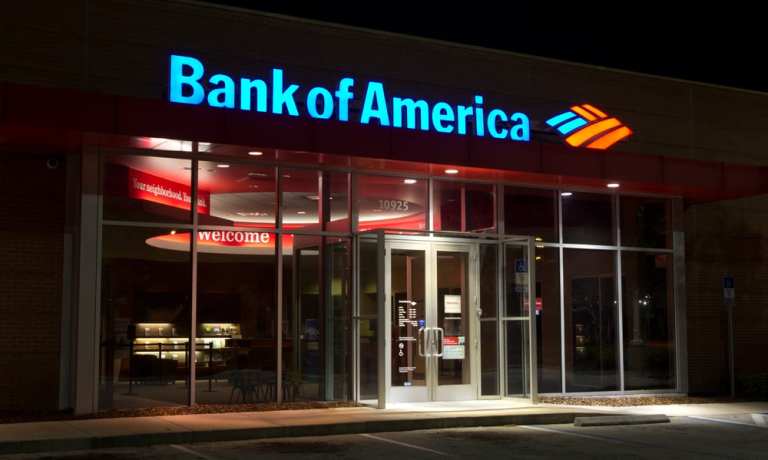Banks’ $25B Loan Reserves Show Grim Expectations For Economic Road Ahead

Against a backdrop where Labor Department data showed 5.2 million additional Americans filed for unemployment, it may make sense that banks’ outlooks for the future of their loan portfolios are, to put it gently, cautious.
Perhaps “grim” might be a better word.
In a slew of big bank earnings reports, tens of billions of dollars were taken in charges for the first quarter, as they built reserves to cover souring commercial and consumer loans.
So far, the tally comes to roughly $25 billion.
The rough mindset is one where, as illustrated in commentary from Goldman Sachs’ CEO David Solomon during the conference call with analysts, a recession could stretch into 2021.
Goldman’s loan loss provisions were, in terms of absolute dollars, smaller than other banking brethren, coming in at $937 million in the first quarter, nearly as much as the more than $1 billion it took for the entire year of 2019. It should be noted, however, that Goldman has relatively minor exposure to “Main Street” than other banks.
“Unless people feel safe and secure and confident around the virus, the economic impact will continue in some way, shape or form,” said Solomon during the earnings call, and noted that the strategy is to hope for the better “but plan for the worst.”
Taking loan losses and reserves has an immediate impact of lowering net income – and, generally speaking, the reserves can be released back into earnings at future dates if loan losses wind up being better than expected down the road. So, in a sense, the practice ties into an accounting construct.
To illustrate at least some of the impact of the practice for reserves, Goldman’s net income in the quarter was roughly halved year over year, as was Citigroup’s. Drilling down into financial statements reveals the stark impact of these expectations. Citi’s financial supplements show that net credit losses were $2.1 billion and the reserve was $4.3 billion.
Elsewhere in the statement, the firm said that net credit losses on its Citi-branded cards were $795 million, or 3.5 percent of the total average card loans, up from 3.3 percent a year ago.
Bank of America’s own reserves for credit losses in the quarter came to $4.8 billion, where they had been $1 billion the previous year. And in breaking down that latest figure, $2.3 billion was tied to its consumer banking operations.
For JPMorgan, the provision for credit losses in the quarter was $8.2 billion, soaring above the $1.4 billion seen a year ago. And in its own supplemental filings, the company said the net chargeoff rate for its credit card business, at $1.3 billion, was 3.25 percent.
As for Wells Fargo, the $909 million in net chargeoffs for loans represented 38 basis points of average loans, up $140 million year over year. With a bit more granularity, and turning to another measurement, Wells said in its own supplementals that total non-performing assets were up 13 percent year over year to $6.4 billion, across consumer and commercial loans, or 61 basis points of total loans.
Many of these metrics will continue to worsen in the second quarter and beyond, and the impact on earnings and reserves as a percentage of loan books will increase. The banks must navigate thus far uncharted waters.